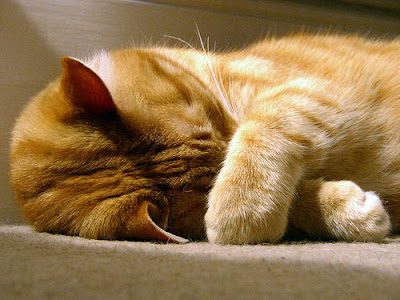Ethology
RESEARCH PAPER
The coevolution of juvenile play–fighting and adult competition
First published: 8 March 2018
Abstract
Although play–fighting is widespread among juvenile mammals, its adaptive significance remains unclear. It has been proposed that play is beneficial for developing skills to improve success in adult contests (motor‐training hypothesis), but the links between juvenile play–fighting and adult aggression are complex and not well understood. In this theoretical study, we investigate the coevolution between juvenile play–fighting and adult aggression using evolutionary computer simulations. We consider a simple life history with two sequential stages: a juvenile phase in which individuals play–fight with other juveniles to develop their fighting skills; and an adult phase in which individuals engage in potentially aggressive contests over access to resources and ultimately mating opportunities, leading to reproductive success. The simulations track genetic evolution in key traits affecting adult contests, such as the level of aggression, as well as juvenile investment in play–fighting, capturing the coevolutionary feedbacks between juvenile and adult decisions. We find that coevolution leads to one of two outcomes: a high‐play, high‐aggression situation with highly aggressive adult contests preceded by a prolonged period of juvenile play–fighting to improve fighting ability, or a low‐play, low‐aggression situation in which adult contests are resolved without fighting and there is minimal investment in play–fighting before individuals mature. Which of these outcomes is favoured depends on the mortality costs and on the type of societal structure: societies with strong reproductive skew, favouring monopolization of resources, show high levels of adult aggression and high investment in juvenile play–fighting, whereas societies with low reproductive skew have both low adult aggression and low levels of play–fighting. A review of empirical evidence, particularly in the primate genus Macaca, highlights some limitations of our model and suggests that other, complementary functional explanations are needed to account for the full range of competitive and cooperative forms of play–fighting. Our study illustrates the power of evolutionary simulations to shed light on the long‐standing puzzle of animal play.



Comentários